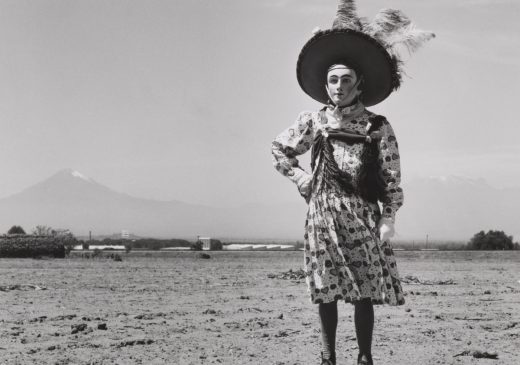
Graciela Iturbide (artist)
About
Graciela Iturbide was born in Mexico in 1942. After initially studying filmmaking at the
Centro Universitario de Estudios Cinematográficos at the Universidad Nacional Autónoma in
Mexico, Iturbide focused on raising her three children. After the death of her six-year-old
daughter in 1970, Iturbide found herself in turmoil with a need to express her grief through
a creative outlet. This led to a newly-discovered interest in photography. Between 1970 and
1971, Iturbide worked with the influential Mexican photographer Manuel Alvarez-Bravo as
his assistant. Along with Alvarez Bravo, Iturbide began to explore Mexico’s indigenous
areas. This influence would surface later in her career as a professional photographer in
works such as Carnaval and Plañideras. Due to her interest in this subject matter and her talented portrayals, she received the Eugene Smith grant for humanitarian photography in
1974.
Graciela Iturbide is a founding member of the Mexican Council of Photography. Her work
has been exhibited internationally and is included in many major museum collections
including those of the Metropolitan Museum of Art, New York; The Museum of Modern Art,
New York; The Los Angeles County Museum of Art; and the J. Paul Getty Museum, Los
Angeles. The largest collection of original prints by Iturbide in the United States is located at
the Wittliff Collections, Texas State University, San Marcos. Iturbide continues to live and
work in Coyoacán, Mexico.
From Wikipedia
source contentArtwork by Graciela Iturbide

